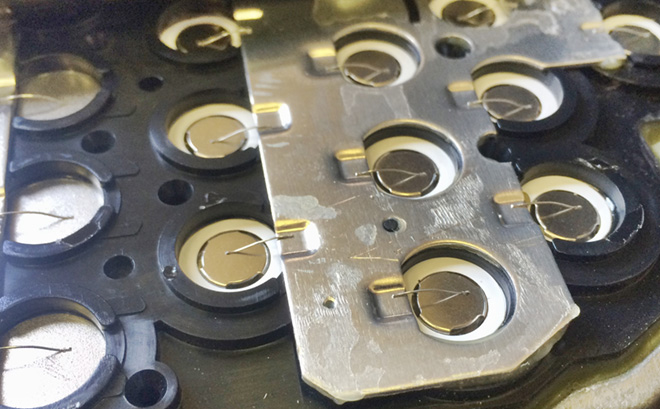DasDouble
100 kW
My Samsung 30Q pack is dropping hard from about 3.9 to ~3.35v at the lowest when pushing it to 10A while it could theoretically get to 15A (says the supplier). Is that a normal thing today? Because in such case my Adaptto Controller says the battery is empty and stops giving me more current  ..
..
What is better in this case:
1.) Cooling the cell down to whatever temperature I want (I would suggest about ~8°C?) so the resistance of the pack gets lower
or
2.) Welding more nickel on the complete pack so the resistance also get lower. I have got 0,15mm x ~10mm Nickel at the weekest point but have a temperaturesensor on it so I know when it becomes too hot.
What do you think?
What is better in this case:
1.) Cooling the cell down to whatever temperature I want (I would suggest about ~8°C?) so the resistance of the pack gets lower
or
2.) Welding more nickel on the complete pack so the resistance also get lower. I have got 0,15mm x ~10mm Nickel at the weekest point but have a temperaturesensor on it so I know when it becomes too hot.
What do you think?



